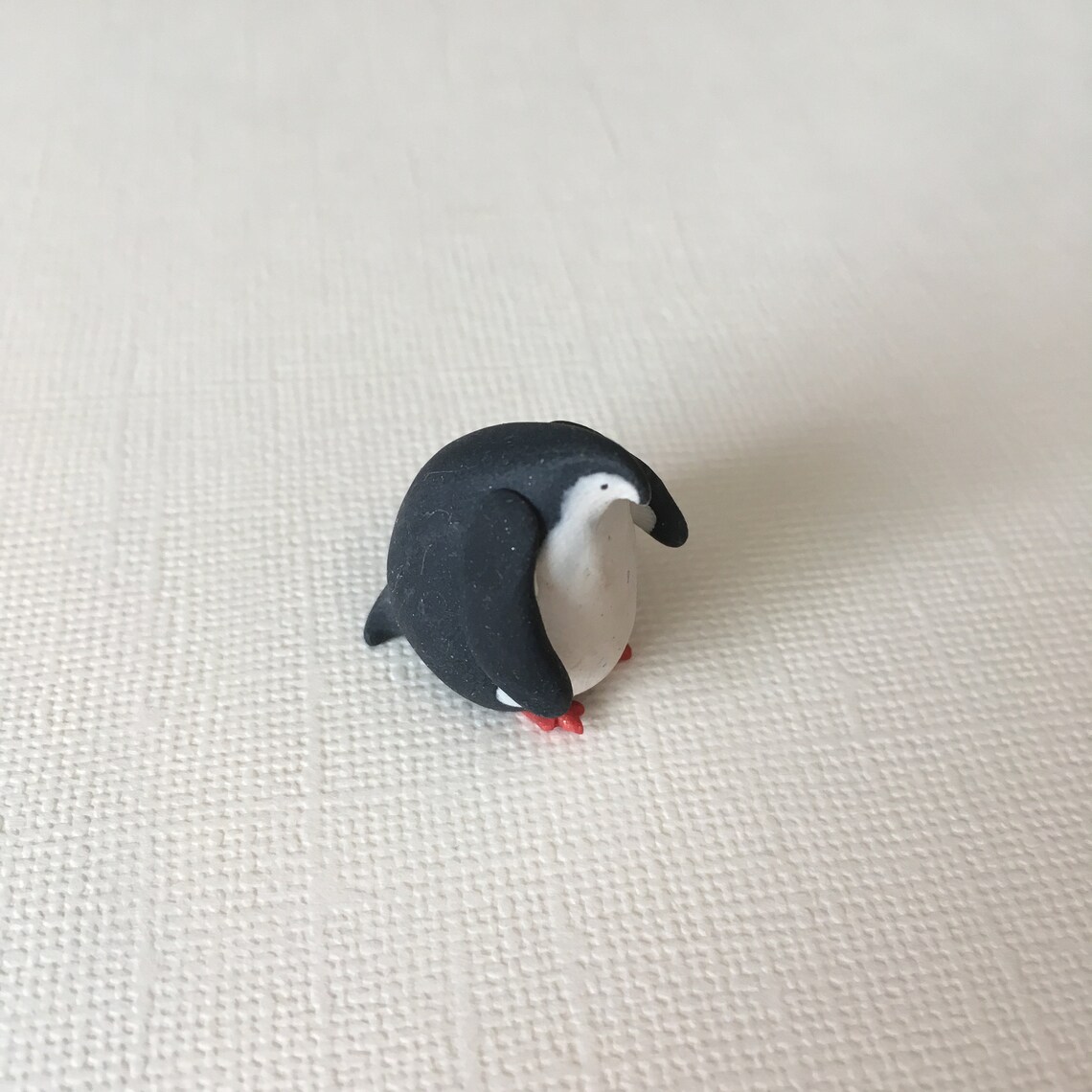

Rockhopper and macaroni penguins have red eyes.Many species have brown, reddish-brown, or golden-brown eyes.The color of irises varies among the species.The mouth is lined with horny, rear-directed spines to aid in swallowing live prey.Generally, the bill tends to be long and thin in species that are primarily fish eaters, and shorter and stouter in those that mainly eat krill. A penguin captures fish, squid, and crustaceans with its bill. Penguins propel themselves through the water by flapping their flippers.ĭifferent species of penguins can be identified by their head and facial markings. Instead of having wings like other birds, penguins have tapered, flattened flippers for swimming.

The long wing feathers typical of most birds would be too flexible for swimming through water. This forms a tapered, flat flipper for swimming.Įach flipper is covered with short, scale-like feathers. The bones are flattened and broadened, with the joint of the elbow and wrist almost fused. Wings are modified into paddle-like flippers. Males have larger bills and white cheeks while females often have gray colored cheeks. When seen in pairs during breeding season, royal penguins are one of the easiest penguins species to visually identify males from females. Crested penguins are exceptions: the males are more robust and have larger bills than females. Generally, penguins are not sexually dimorphic: males and females look alike. Adult markings take a year or longer to develop. Generally, they appear duller in color than adults. Temperate penguins (genus Spheniscus ), such as the Humboldt and Magellanic, have unfeathered fleshy areas on the face and one or two distinct black stripes across the chest.Ĭhicks, juveniles, and immature penguins may have slightly different markings than adults. The little penguin, also known as the little blue, has slate-blue to black feathers and a white chin and chest. The yellow-eyed penguin, as its name suggests, has yellow eyes and a stripe of pale yellow feathers extending from the eye to the back of its head. The southern rockhopper's species name, chrysocome, means "golden haired," a reference to the golden yellow crest feathers above its eyes. The crested penguins (genus Eudyptes ), such as the rockhopper and macaroni, are distinguished by orange or yellow feather crests on the sides of the head, above the eyes. The top of a chinstrap's head is black and the face is white, with a stripe of black extending under the chin.
Botanicula fat penguin Patch#
The gentoo has a black head with white eyelids, and a distinct triangular white patch above each eye, usually extending over the head The Adélie penguin has a black head and distinctive white eye rings. The orange coloration extends to the upper chest. The king penguin has a black head, chin, and throat, with vivid orange, tear-shaped patches on each side of the head. The emperor penguin has a black head, chin, and throat, with broad yellow patches on each side of the head. Many species have distinct markings and coloration. The result is that predators or prey do not see a contrast between the countershaded penguin and the environment. The light ventral side blends in with the lighter surface of the sea when viewed from below. The dark dorsal side blends in with the dark ocean depths when viewed from above.

ColorationĪll adult penguins are countershaded: dark on the dorsal (back) surface and white on the ventral (underside) surface.

The legs and webbed feet are set far back on the body, which gives penguins their upright posture on land. The tail is short, stiff, and wedge-shaped. A penguin has a large head, short neck, and elongated body. Its body is fusiform (tapered at both ends) and streamlined. The penguin's body is adapted for swimming. The smallest of the penguins is the little penguin, standing just 41 to 45 cm (16 to 18 in.) and weighing about 1 kg (2.2 lbs.). The emperor penguin is the largest of all living penguins, standing to 1.1 m (3.7 ft.) tall and can weigh more than 41 kg (90 lbs.).


 0 kommentar(er)
0 kommentar(er)
